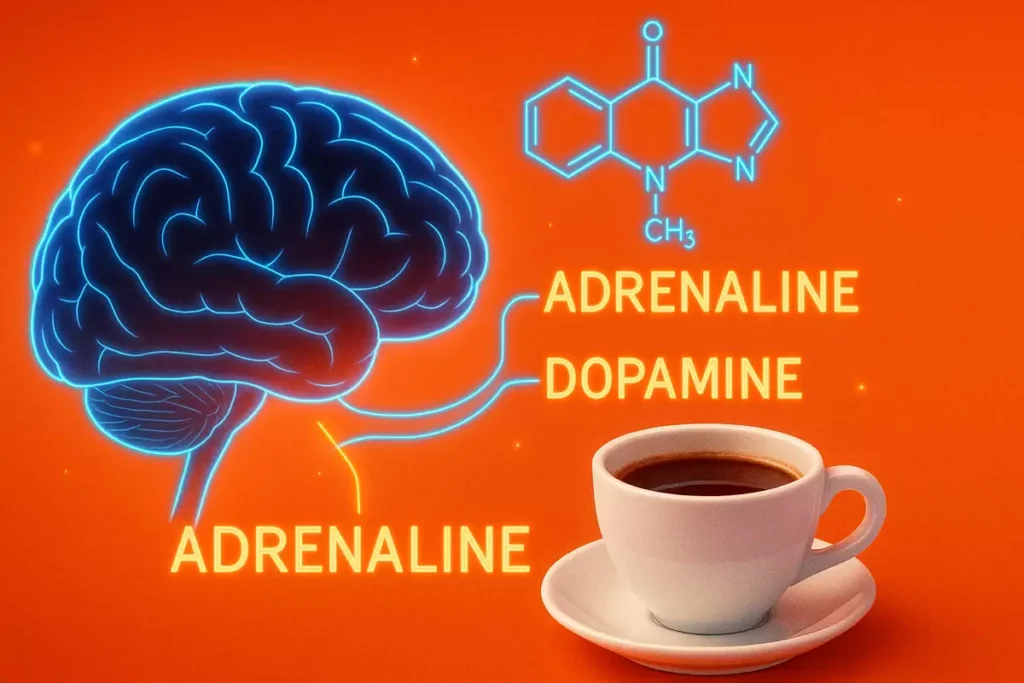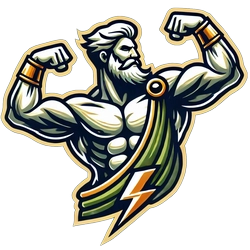Struggling with hunger during a cut? You’re not alone. Even with the perfect diet, cravings can sneak in and wreck your progress.
That’s where caffeine comes in. Beyond boosting energy, it may help suppress your appetite — giving you an edge when calories are low.
In this article, we’ll explore the science, timing, real-world benefits, and smart strategies to use caffeine effectively during cutting.
Whether you’re sipping black coffee or using pre-workout, learn how to stay lean, focused, and in control — without sabotaging your results.
Table of contents
- Can Caffeine Really Suppress Appetite?
- The Science Behind Caffeine’s Appetite-Reducing Effects
- Best Times to Use Caffeine for Appetite Control
- Real-World Benefits During a Cut
- When Caffeine Might Not Work
- Smart Tips to Use Caffeine Without Side Effects
- Final Verdict — Should You Rely on Caffeine to Curb Hunger?
Can Caffeine Really Suppress Appetite?
Yes — caffeine can suppress appetite, especially when used strategically during a cutting phase.
As a fitness trainer who’s done multiple cuts myself and coached dozens of clients through their fat loss journeys, I’ve seen caffeine work wonders when it comes to curbing hunger.
When I was deep in a mini cut last spring, sipping on a strong Americano around 11 AM helped me push my first meal all the way to 2 PM. I wasn’t starving. I wasn’t distracted. Just focused and steady.
And that’s the power caffeine can offer — when used right. But here’s the catch: the effect isn’t magic, and it doesn’t last forever. Like any tool, it works best when paired with the right strategy.
The Science Behind Caffeine’s Appetite-Reducing Effects

Caffeine stimulates your central nervous system. It increases alertness and activates hormones like adrenaline and dopamine — both of which can suppress appetite for a short period.
That’s why black coffee, green tea, or a pre-workout drink can help you coast through the late morning or delay a meal — especially if you’re doing intermittent fasting.
The effect is even more noticeable when your body hasn’t developed a high tolerance. But over time, your system adapts. That same cup of coffee that made you feel full last month might not hit the same this month.
This is where caffeine cycling comes in. If you haven’t read it yet, I recommend checking out this guide on caffeine cycling to understand how to reset your sensitivity.
Best Times to Use Caffeine for Appetite Control
From personal experience — and what I’ve seen with clients — timing is key.
Here’s when caffeine works best to curb hunger:
- Mid-morning (10–11 AM): Perfect for intermittent fasting or pushing your first meal.
- Pre-workout (30–60 mins before training): Not only suppresses appetite but boosts focus and energy.
- Afternoon (before 3 PM): Great for curbing cravings, but avoid later use to protect your sleep.
I had a client, Emily from Canada, who struggled with late-morning cravings during her fasting window. One cup of black coffee around 10 AM changed everything. She stayed on track and started seeing faster results.
For pre-workout timing, caffeine works even better when stacked with ingredients like beta-alanine. You can learn more in our full article on the Caffeine + Beta-Alanine stack.
Real-World Benefits During a Cut

Caffeine’s appetite-suppressing effects are just the beginning. It also helps with:
- Mental clarity: You stay sharp, even in a calorie deficit.
- Mood stability: Energy slumps feel lighter.
- Diet consistency: Fewer emotional or mindless eating moments.
Mateo, a client from Spain, combined a low-dose caffeine pill with early-morning fasted walks. His hunger stayed low, his energy stayed high, and in 8 weeks, he dropped 6 kg — without feeling like he was constantly battling cravings.
For those looking for cleaner options, check out this list of the best clean caffeine sources to avoid unnecessary sugar or additives.
When Caffeine Might Not Work
Caffeine isn’t bulletproof. Over time, it can stop working the way you want. Some common issues:
- Tolerance buildup
- Crashes or rebound hunger
- Sleep disturbances
- Increased anxiety or cravings from overstimulation
During one of my own cuts, I made the mistake of using a fat burner with 300 mg of caffeine at 5 PM. My sleep took a massive hit for weeks — and so did my recovery. Lesson learned: more isn’t better.
Another client, Anna from Germany, experienced anxiety and racing heart from daily energy drinks. We cut those out and focused on high-volume meals and calming herbal teas. She felt way more in control afterward.
If you’ve been using caffeine for a while and feel off, it’s worth reading about caffeine withdrawal in athletes. The symptoms are real — and managing them properly can improve your cutting phase.
Also, keep in mind that caffeine can worsen dehydration in intense workouts. If you’re sweating hard and not drinking enough, appetite can spike later. Read our hydration-caffeine guide to avoid this trap.
Smart Tips to Use Caffeine Without Side Effects

To get the most benefit from caffeine while minimizing downsides, follow these tips:
- Cycle your caffeine use: 3–4 weeks on, then take 7–10 days off or reduce dosage.
- Hydrate well: Dehydration can mimic hunger.
- Avoid caffeine after 3 PM: Preserve your sleep quality.
- Pair caffeine with smart nutrition: Protein, fiber, and volume foods keep hunger under control.
- Use cleaner forms: Avoid high-sugar energy drinks — opt for black coffee, espresso, or clean caffeine supplements.
Personally, I rotate between black coffee, green tea, and occasional decaf weeks. When I feel my focus fading or my sleep declining, I reset my intake — and it always helps.
If you’re curious about how caffeine interacts with other supplements, especially creatine, check out our caffeine + creatine interaction guide. Timing and dosing really matter when combining the two.
Final Verdict — Should You Rely on Caffeine to Curb Hunger?
Caffeine can absolutely help manage hunger during a cut — but it should be a supporting tool, not your entire strategy.
It works best when your overall plan is solid: high in protein, low in empty calories, and structured for consistency. Use caffeine to make the tough moments easier — not to cover up poor habits or fatigue from under-eating.
As I often tell clients: If you need caffeine just to survive your diet, it’s time to adjust your plan.
Used wisely, it’s a game-changer. Misused, it becomes a trap.
So be smart, stay consistent, and let caffeine work with you — not against you.
And if you’re looking for alternative stimulants, you might want to compare caffeine with theacrine. It has a similar effect but with less tolerance buildup for some people.



Leave a Reply